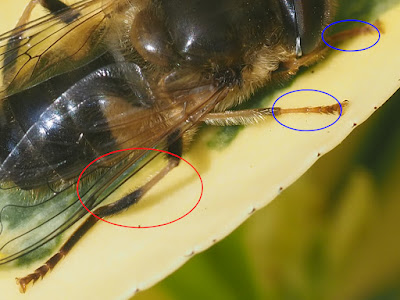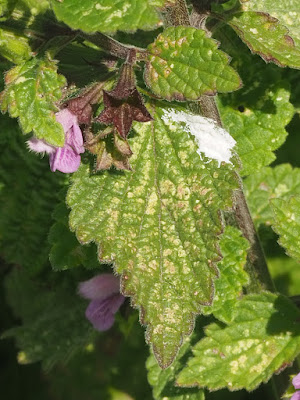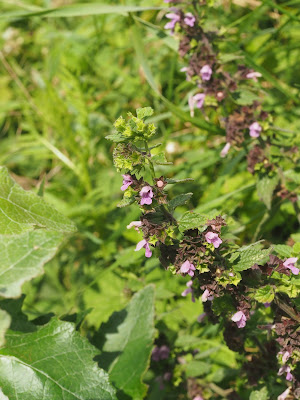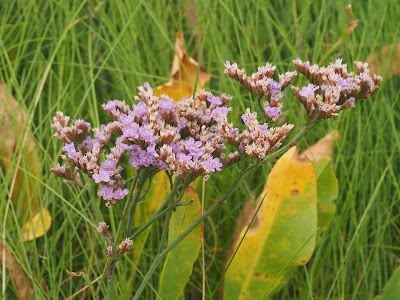Common name: Fourteen-spot Ladybird
Scientific name: Propylea quattuordecimpunctata 方斑瓢蟲
Genus: Propylea 龜紋瓢蟲屬
Family: Coccinellidae 瓢蟲科, ladybirds
Suborder: Polyphaga 多食亞目, non-water beetles and weevils 象甲, 象鼻蟲
Order: Coleoptera 鞘翅目, beetles
Remarks: The 14-spot ladybird is bright yellow with up to 14 rectangular black spots on the wing cases; these spots are variable in shape and may become fused to create a chequered 方格的 pattern. It can be distinguished from the smaller, but similar, Psyllobora vigintiduopunctata 廿二點瓢蟲, 22-spot ladybird by its more rectangular, merging spots.
Adults and larvae feed on soft-bodied insects, typically aphids and whiteflies but also mites, caterpillars and insect eggs etc. They occur on a very wide range of broadleaf trees, shrubs and herbaceous plants generally, in fact anywhere that can provide a sufficient prey population. Adults can also feed on pollen and nectar and may be found on a variety of flowers, perhaps more particularly umbels, in warm weather. It has a long hibernation period, emerging as late as May to breed.
Status: Widespread. This is the only species of the genus to occur in the U.K. It is common or abundant throughout England and Wales north to the Scottish borders and including all the islands. In Scotland there are records scattered north to Inverness including a few from the Western Isles. There are records scattered throughout Ireland. The species occurs from lowlands to subalpine regions in a wide range of habitats; forests, arable land, parks, gardens and wasteland etc.







































































